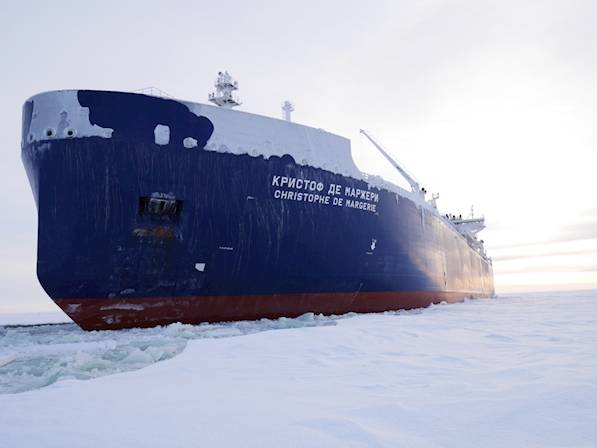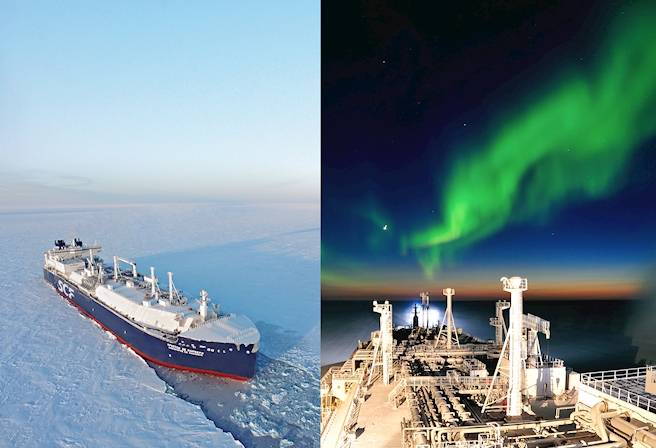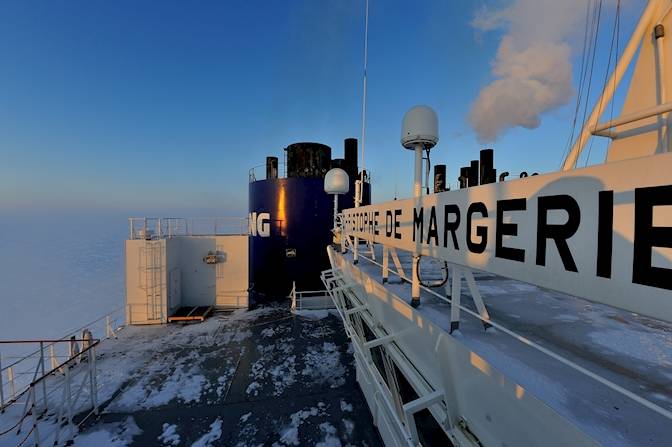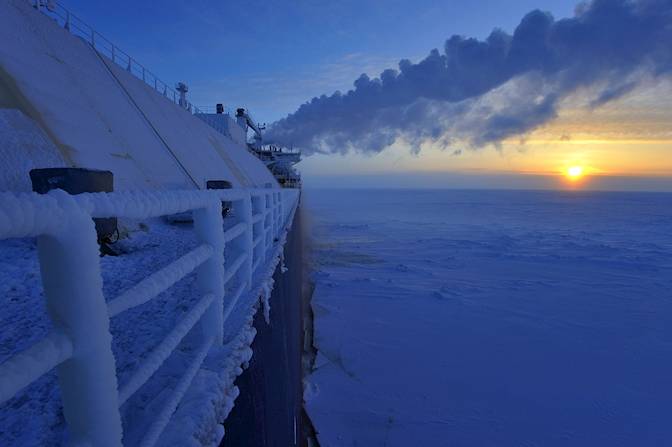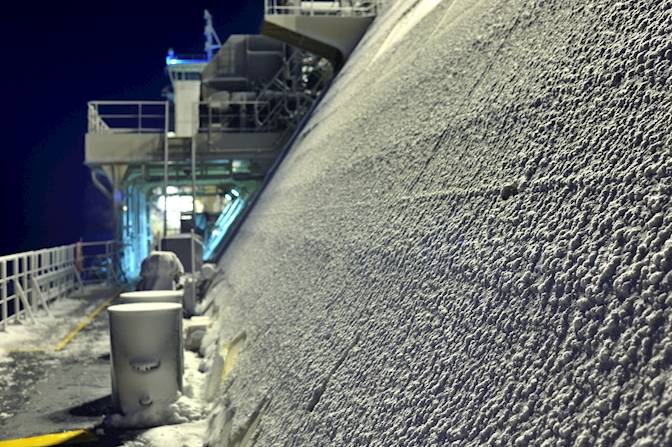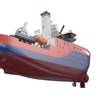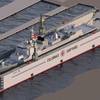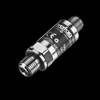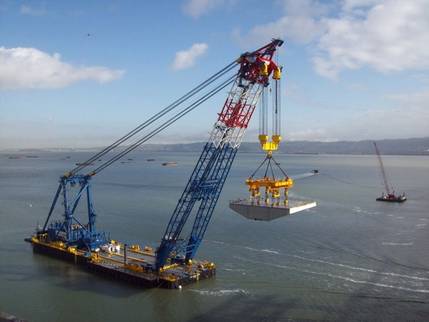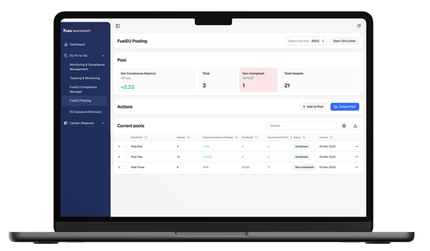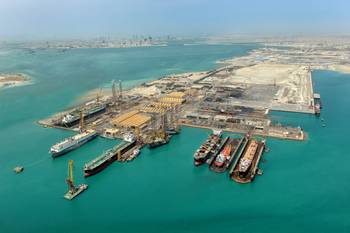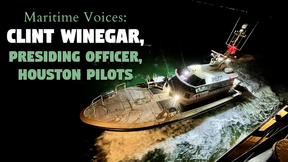Sovcomflot’s liquefied natural gas (LNG) carrier Christophe de Margerie made the world’s first-ever crossing of the Northern Sea in late August without the aid of an ice-breaker. The record-setting vessel is powered by ABB’s advanced Azipod electric propulsion technology.
The 172,600 cubic meters Arctic LNG tanker, which features a lightweight steel reinforced hull, is the largest commercial ship to receive Arc7 certification, and is capable of travelling through ice up to 2.1m thick. It crossed the Northern Sea Route (NSR) from Hammerfest, Norway to South Korea in 19 days instead of the 30 days required to travel the regular southern route through the Suez Canal. This record time also resulted in less fuel consumption and ship fuel emissions.
ABB’s propulsion technology helped the tanker accomplish those results. ABB’s Azipod propulsion solution is a gearless steerable system with the electric propulsion motor located in a submerged pod outside the ship hull, thereby providing 360-degree movement that greatly improves the maneuverability of ice-going vessels. The turning unit allows the propeller thrust and wake to be directed against the ice, meaning it can be effectively used in ice management tasks such as breaking the vessel through ice ridges, and breaking level ice or pack ice to smaller pieces.
The massive Christophe de Margerie – measuring 300 meters long, and 50 meters wide – maintained an average speed of 14 knots despite sailing through ice that was over one meter thick in places.
This newest achievement highlights a 25-year journey of ABB’s flagship propulsion technology. ABB has delivered electric propulsion systems to more than 80 icebreakers or icegoing vessels with a propulsion power of up to 45 MW. Since the first installation, Azipod systems have accumulated more than 14 million running hours, with an availability of 99.8 percent, saving over 700,000 tons of fuel and helping to reduce the maritime carbon dioxide footprint, ABB said.
The
Christophe de Margerie, owned by the largest Russian shipping company Sovcomflot, is the first of 15 specially designed vessels that will be the most powerful icebreaking LNG carriers in the world, capable of transporting gas year round from Yamal LNG project in the Russian Arctic, covered by ice bound fields year round.








